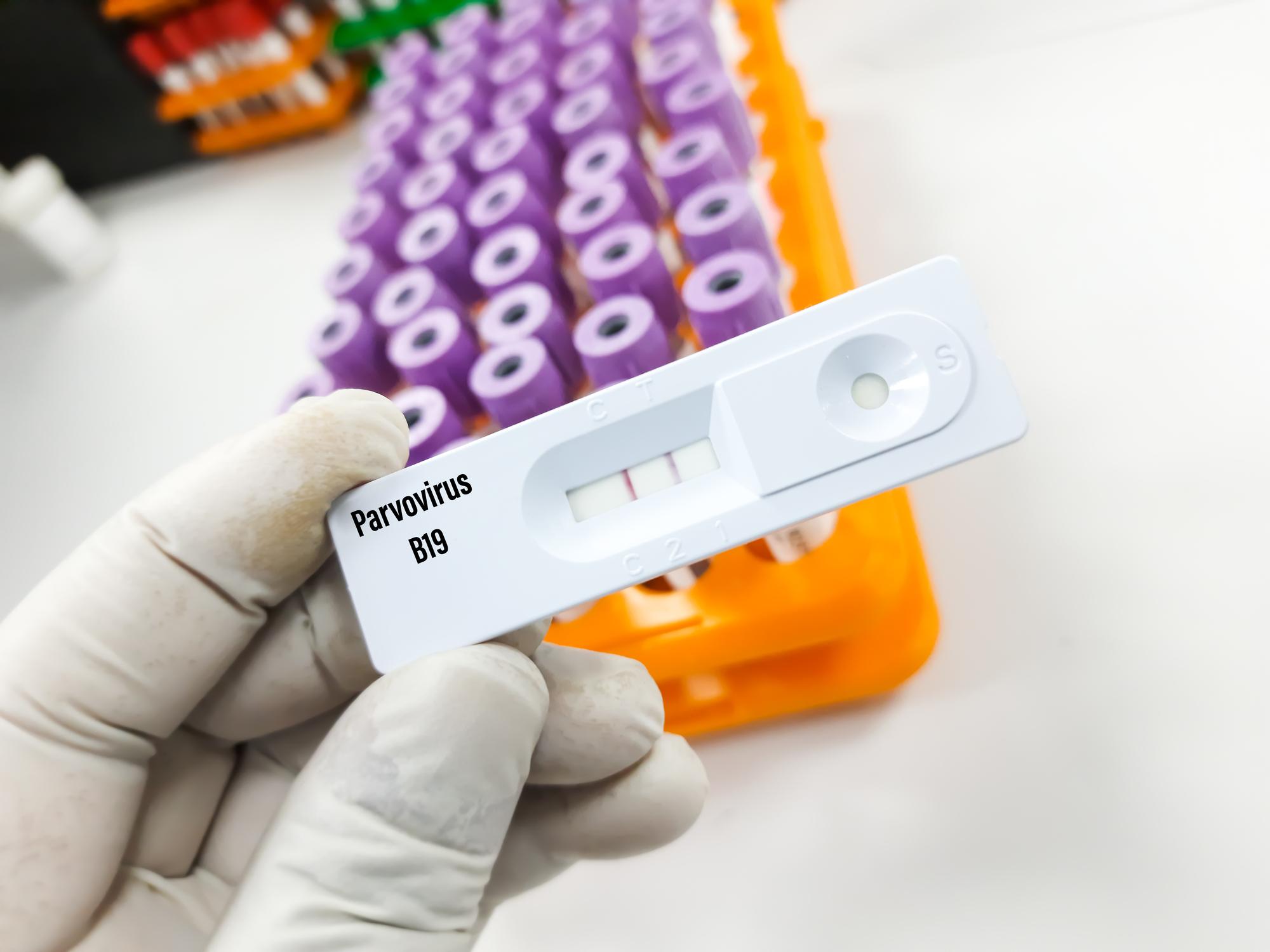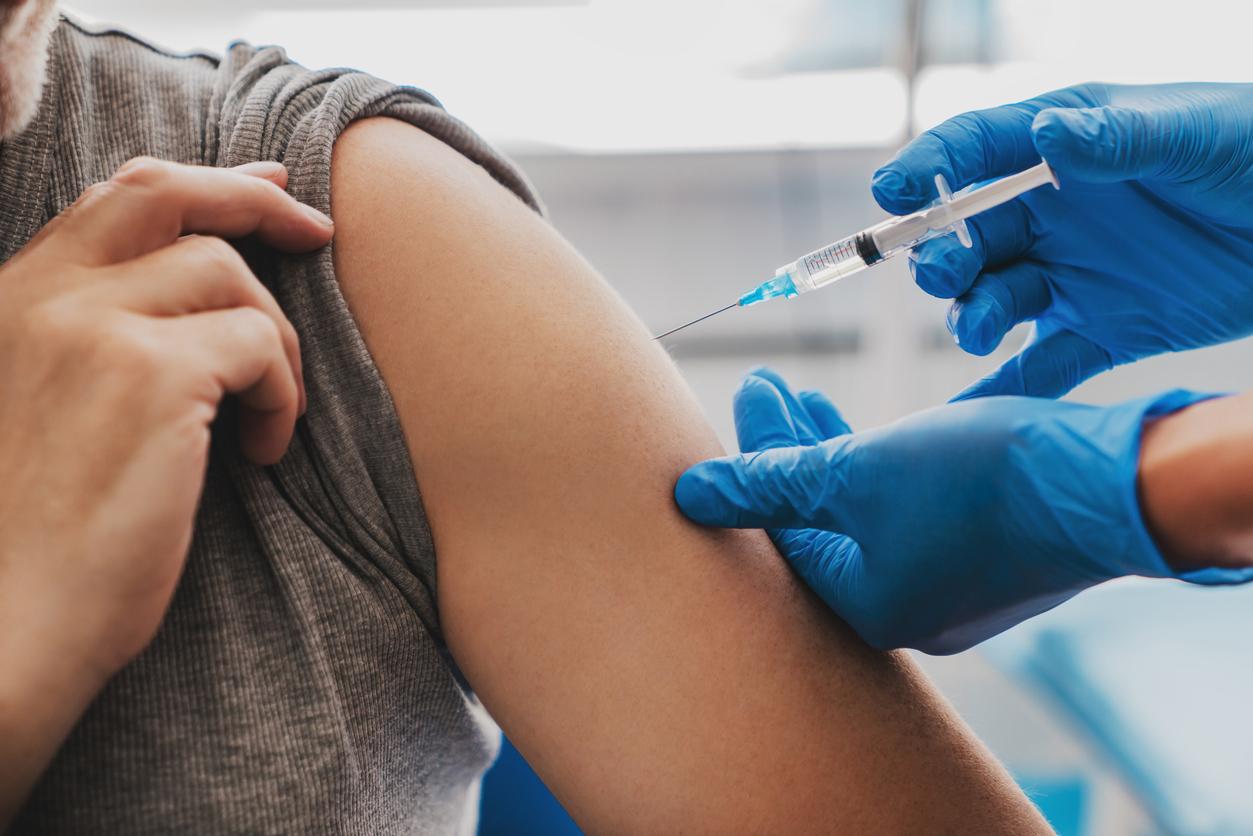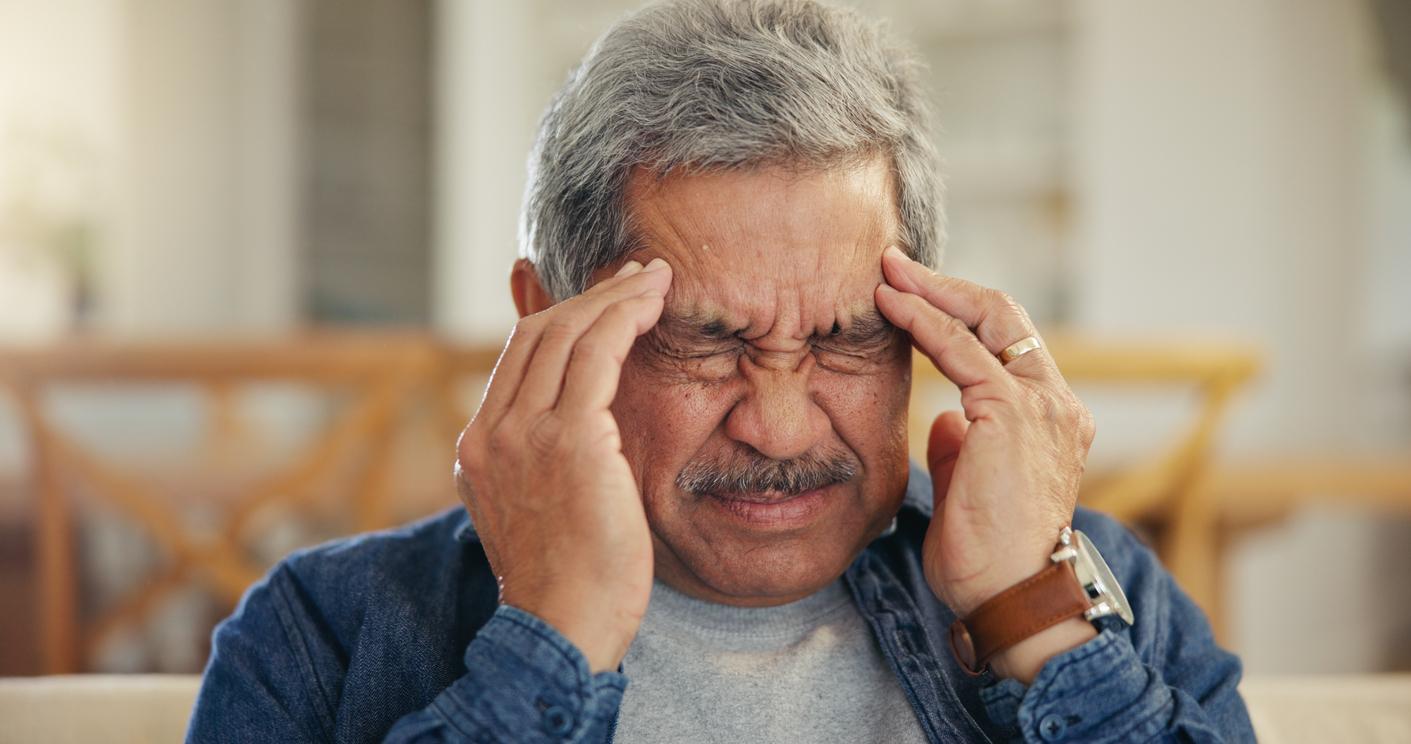In the United States, while teleconsultation has helped many patients to seek care in recent months, it has also revealed many inequalities in access to care, whether based on ethnicity, age or of the patient’s language.

Since the start of the Covid-19 pandemic, the use of telemedicine has exploded in the West. But while it has helped patients who otherwise would have given up seeking treatment, in the United States it has exposed significant inequalities, based on ethnicity, socioeconomic status, age or patient’s language. This is the conclusion of a study published on December 29 in the JAMA Network Open.
In their research, scientists from the Perelman School of Medicine at the University of Pennsylvania (USA), which has long worked to implement solutions to facilitate access to care for the most vulnerable, examined medical data nearly 150,000 patients. The latter were to receive a visit to primary care or outpatient specialties between March 16 and May 11, 2020, the period when the coronavirus first started to be talked about in the United States.
Following the quarantine measures put in place by the government, more than half of these patients (54%) therefore finally carried out their consultation by telemedicine. Among them, 46% did it by video. The researchers were then able to observe that, overall, patients over the age of 55 were 25% less likely to participate successfully in a telemedicine consultation than the average patient. These chances were even reduced by 33% for the over 75s. In addition, Asian people and those who did not speak English were respectively 31% and 16% less likely to follow a teleconsultation and those who did not speak English.
Make “equitable the basis of this new path”
“As we begin to establish new ways to care for our patients through telemedicine, it is essential that we make the basis of this new path equitable”comments the study’s lead author, Srinath Adusumalli, assistant professor of cardiovascular medicine and associate medical information officer for the University of Pennsylvania Health System for Connected Health.
“We hope regulators and payers recognize the potential inequities that could be introduced by the policies they create, which could include non-reimbursement of phone visits, and potentially lead to a lack of access to care for particular patient populations, especially those disproportionately affected by events like the Covid-19 crisis”he continues.
At the start of the pandemic, the Center for Medicare and Medicaid Services (CMS) notably had to relax some of these regulations concerning telemedicine. After taking into consideration the patients concerned by this system, the researchers realized that the inequalities at the level of teleconsultation were even stronger than on a global scale. Thus, those under 55 had at least a 32% lower chance of making a video visit and those over 75% had a 51% lower chance. Women, Latinos and blacks were also 8, 10 and 35% less likely to participate in a video visit, respectively, than men or white patients. The trend is the same among households with the lowest incomes.
That’s why researchers believe that CMS should pay more attention to video views. While they have tried to facilitate telemedicine reimbursement by phone call, efforts should continue for other formats.
Add an interpreter for video consultations
“It is essential that full pay parity for all types of telemedicine visits, by all insurance payers, is permanently guaranteedsays Lauren Eberly, clinical research fellow in cardiovascular medicine, lead author of the study. A reduction in reimbursement for telephone visits could disproportionately and unfairly harm clinics and providers who serve minority and poor patients.”
Since the start of the coronavirus epidemic, Penn Medicine has been working particularly on access to care for non-English speakers. “One concrete thing that has already been addressed, based on the results of this study, was the addition of one-click interpreter integration for over 40 video-based languages and over 100 video-based languages. on audio for inpatient and outpatient telemedical care across our business”explains Srinath Adusumalli.
“We currently have broader research underway to better characterize patient- and provider-specific barrierscontinues Lauren Eberly. If we can understand these barriers, it could help guide telemedicine implementation strategies that will benefit everyone..”
What about teleconsultation in France?
In France, teleconsultation, which has been struggling to set up in recent years for various reasons (cautious doctors, ill-informed policyholders, etc.) has become widespread since the appearance of Covid-19. According to Ameli.fr, 5.5 million remote consultations were reimbursed between March and April 2020, the period of the first confinement. And if telemedicine has proven useful for all French people who have used it, it has above all been used to monitor people with chronic diseases (diabetes, obesity, hypertension, etc.), particularly at risk from the coronavirus.
According to a survey carried out in June, 24% of them used it to consult a general practitioner and 28% to speak with a specialist. But here again, we noticed a certain social disparity since the trend was more marked among city dwellers (13% live in a municipality of more than 100,000 inhabitants) and young people (27% of respondents are between 18 and 29 years old).
“This result is not surprising and corroborates the already existing feeling that teleconsultation corresponds to a younger and active population for which, most of the time, the visit to a doctor’s office is impossible to fit into an already overloaded agenda”, then analyzed Lina Williatte, Vice-President of the French Society of Digital Health.
In detail, it is in Ile-de-France that this medical service has worked best for chronic patients (31% for a general practitioner and 37% for a specialist). Despite everything, 61% of the chronically ill still claim not to have “teleconsulted” their doctor because the latter had not set up this service and 23% because of lack of confidence. Strangely, this feeling of mistrust seems surprisingly more pronounced among 18-29 year olds (38%) than among those over 60 (20%).
Once deconfined, 11% of chronic patients continued to consult their general practitioner by teleconsultation and 15% did so with a specialist. “The teleconsultation is not intended to replace the presidential consultation, but to supplement it”, reminded Lina Williatte in conclusion. And to insist on the main objective: “to break the isolation” and to preserve the patient-doctor link.
.

















